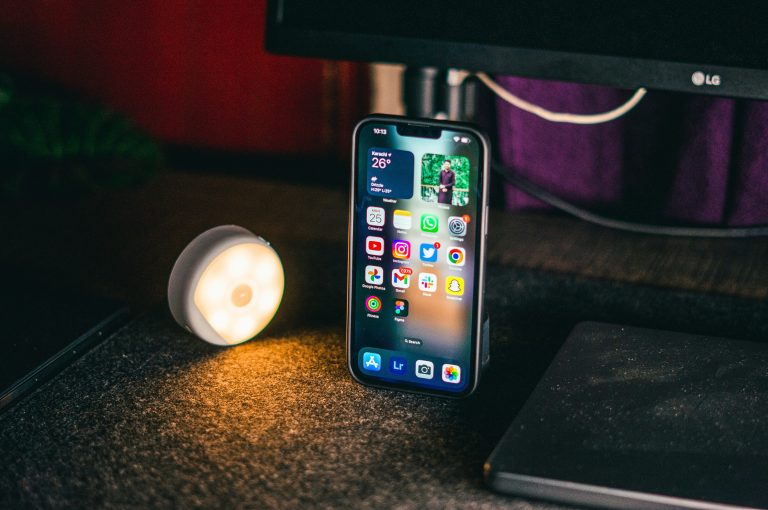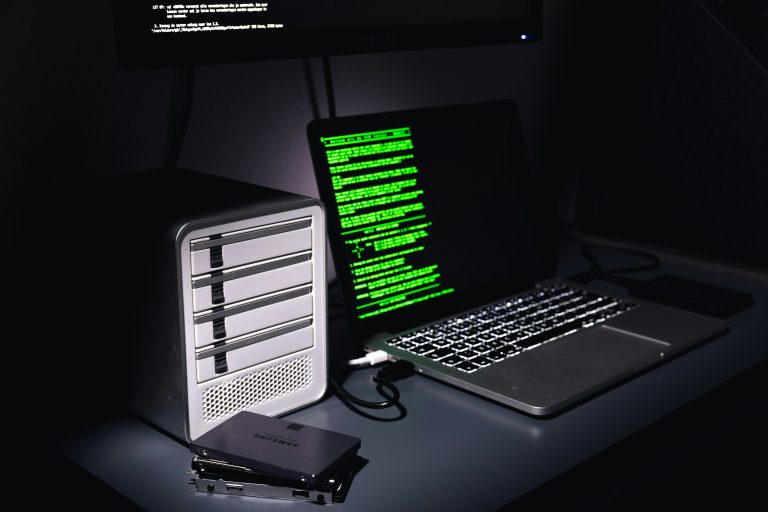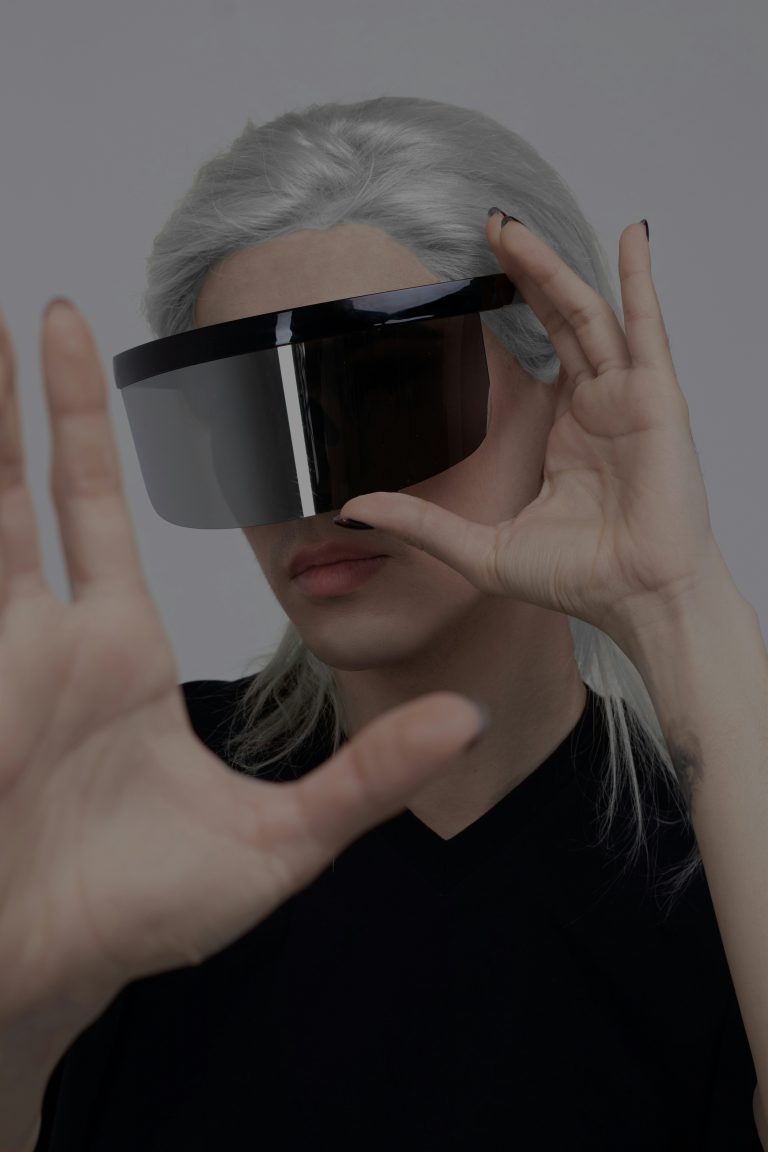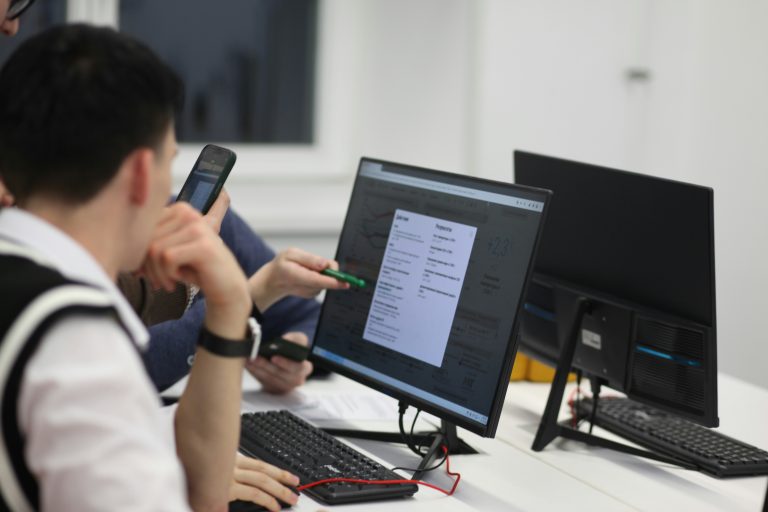“The Rise of AI in Creative Industries: Friend or Foe?”
The Rise of AI in Creative Industries: Friend or Foe?
Artificial Intelligence (AI) is no longer a futuristic concept—it’s here, it’s evolving, and it’s transforming every sector it touches. Among the most surprising yet impactful areas of disruption is the creative industry. Long considered a domain driven by human imagination, emotion, and originality, creativity is now being reshaped by intelligent machines. This raises a pressing question: Is AI a creative companion, or a threat to the soul of human artistry?
A New Creative Ally
AI has entered the world not as a distant observer, but as an active participant. Writers, designers, musicians, filmmakers, and artists are increasingly integrating AI tools into their workflow. Whether it’s Chat GPT helping to brainstorm story ideas, Mid journey generating visual art from text prompts, or AIVA composing music tailored to mood, AI is proving to be a helpful collaborator.

Rather than replacing artists, many of these tools enhance productivity, spark inspiration, and streamline the creative process. A graphic designer might use AI to explore variations on a concept; a filmmaker could use AI to edit raw footage more efficiently; a writer may rely on AI to overcome creative blocks. In this sense, AI acts as a creative partner, empowering artists to focus on their vision rather than getting bogged down in repetitive or technical tasks.
The Human Touch: Still Irreplaceable?
However, creativity isn’t just about producing content—it’s about telling stories, expressing emotion, and capturing the human experience. Critics argue that AI, no matter how advanced, lacks consciousness, empathy, and lived experience—qualities that give human art its soul.
A poem written by AI might be structurally sound, but can it truly understand heartbreak? A melody generated by an algorithm may sound pleasing, but does it carry the weight of personal struggle or cultural memory? For many, authentic creativity still demands a human hand and heart.
The Economic Dilemma
Beyond philosophical debates lies a real economic concern: job displacement. As AI-generated content becomes cheaper and faster to produce, companies may opt for algorithms over artists. Copywriters, illustrators, video editors, and even journalists are seeing AI creep into their fields—not just as a tool, but as competition.
This shift has sparked ethical questions: Should AI-generated content be labeled? How do we protect the rights of human creators? Who owns the output of an AI trained on copyrighted works? These are complex issues that require urgent attention from policymakers, industry leaders, and creatives themselves.

Blurring the Lines
Interestingly, the boundary between AI and artist is becoming increasingly blurred. Some creatives now proudly collaborate with AI, using it as a medium rather than a threat. Artists have curated exhibitions of AI-generated art. Musicians sample AI-composed beats. Writers use AI as a co-author.
This fusion is giving rise to a new kind of creativity—hybrid, experimental, and collaborative. In this light, AI is not stealing the spotlight, but expanding the stage.
Conclusion: Friend and Foe?
So, is AI a friend or a foe to creative industries? The truth is, it’s both—and more importantly, it’s a mirror. It reflects our choices, our values, and our vision for the future of art. Used wisely, AI can democratize creativity, empower new voices, and push the boundaries of what’s possible. Used recklessly, it risks devaluing the very essence of human expression.
Ultimately, the rise of AI in the creative world isn’t the end of human artistry—it’s an invitation to redefine it.
Would you like this adapted into a presentation deck, debate notes, or a classroom discussion guide?






